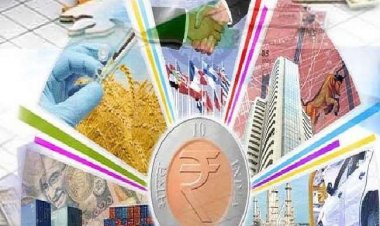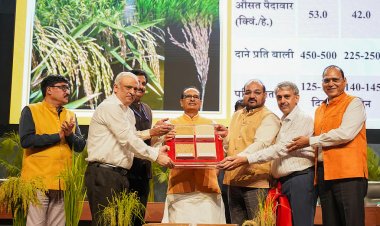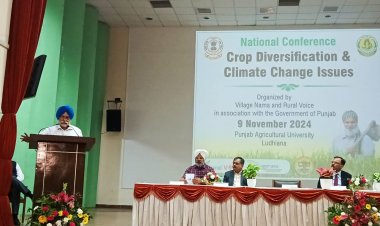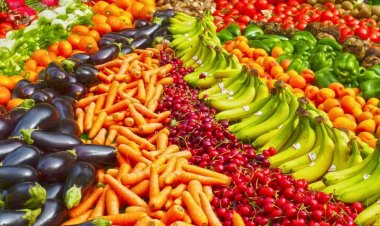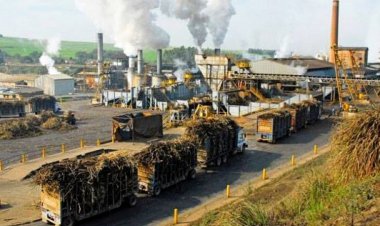An upward trend in the prices of fertilizers has started in the global market. In the last one month, the prices of urea and Di-Ammonium Phosphate (DAP) have increased by up to $ 150 per tonne. The reason for the increase in prices is the huge purchase made by Brazil, while China has banned the export of DAP till the end of September.
According to industry sources, around July 20, the price of DAP had dropped to $430 a tonne. This price was inclusive of the cost of reaching the port in India. During the said period, an Indian company had made a deal of 45,000 tonnes of DAP at this price. But now the price has reached $555-560 per tonne.
At the same time, a similar rise in the price of urea has been seen in the global market. The lowest price of urea had come down to $240-250 per tonne. But now this price has increased to $396-399 per tonne. Urea price had touched $425 per tonne for a few days but at present it is less than $400 per tonne. At the same time, the price of ammonia gas required for fertilizer production has also increased from the level of $260-270 per ton to $390 per ton.
According to the source, this increase in prices may create difficulties for the fertilizer industry as the subsidy on most of the decontrolled fertilizers was cut by the government in the past. Citing the reason for the price hike in the global market, he said that there is a huge demand for fertilizers from Brazil. At the same time, the Chinese government has banned the export of DAP till the end of September. Both these factors have increased the prices. Every year India imports around 15 to 20 lakh tonnes of DAP and 10 lakh tonnes of Urea from China.
Regarding the availability of fertilizers at the domestic level, he said that the availability of fertilizers in the country is better. Presently the stock of DAP is 17 lakh tonnes higher than the same period last year. However, for the upcoming Rabi season, India may have to import expensively. Since December 2021, there was a huge increase in the prices of fertilizers in the global market. Then in February 2022, the global supply of fertilizers was severely affected by the war between Russia and Ukraine.
At the same time, China, one of the world's largest fertilizer exporters, had banned the export of DAP. Due to that, the prices of DAP had crossed $1,000 per tonne. At the same time, the prices of urea had also crossed $900 per tonne. Due to this price hike, the government had to give record fertilizer subsidy in 2022-23. The subsidy level on DAP had gone up to Rs 50,000 per tonne. But from March this year, the prices of fertilizers started falling, which led to subsidy savings for the government.
But the way the prices of fertilizers are rising once again in the global market, the subsidy burden of the government may increase. India imports about 70 lakh tonnes of urea. India's domestic consumption of DAP is around 110 lakh tonnes of which imports are around 70 lakh tonnes and domestic production is 40 lakh tonnes.




 Join the RuralVoice whatsapp group
Join the RuralVoice whatsapp group



























